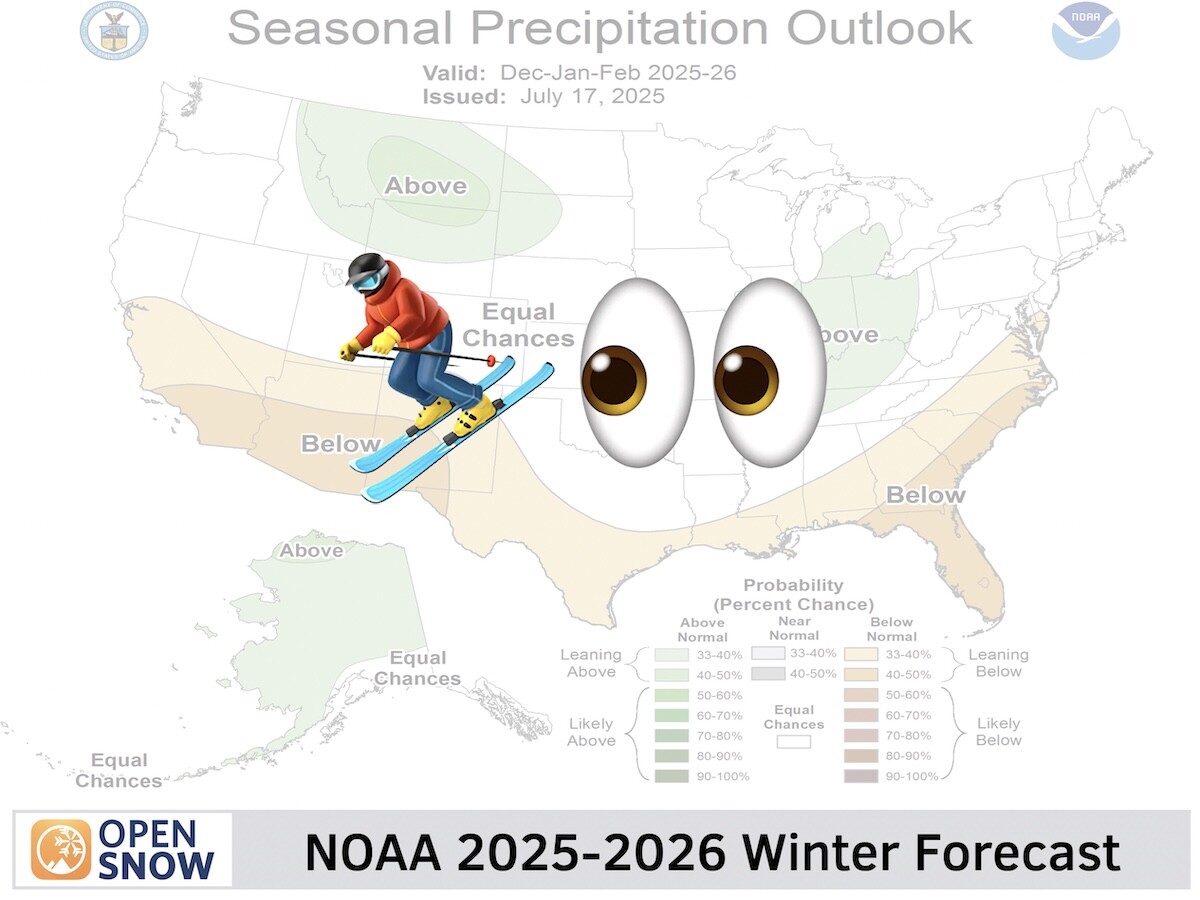News

By Alan Smith, Meteorologist Posted 1 year ago June 12, 2024
CSU and NOAA Predict an Active 2024 Atlantic Hurricane Season
Hurricane researchers at Colorado State University released an updated hurricane season outlook on June 11, maintaining their initial early season forecast of an "extremely active" hurricane season in the Atlantic Basin.
CSU researchers have been issuing hurricane season forecasts since 1984 and have a strong track record. This year they are forecasting more hurricanes than they ever have previously.
The two main factors for this season's hurricane forecast are well above-average ocean temperatures in the Atlantic Basin and an expected transition to La Nina which is more favorable for tropical development in the Atlantic Ocean.
Well Above Average Ocean Temperatures in the Atlantic Basin
Ocean temperatures are currently running 2-4ºC above average in the hurricane breeding grounds of the Atlantic Basin, including the Gulf of Mexico and the Central Atlantic Basin all the way to the West Coast of Africa.

Image: Departure from average sea surface temperatures in ºC across the globe as of June 10, 2024. Notice the high anomalies over the Gulf of Mexico and Central Atlantic Basin.
Warm water is "fuel" for tropical development, and when water temperatures are running much above average, this creates a more favorable environment (all other factors equal) for tropical storms and hurricanes to develop.
Climatologically, Atlantic Ocean temperatures are warmest from late summer through fall, which coincides with the traditional peak of hurricane season from about mid-August through mid-October. Ocean temperatures are expected to remain above average heading into late summer and early fall this season.
Transition from El Nino to La Nina
El Nino conditions tend to favor weaker hurricane seasons in the Atlantic Basin due to stronger upper atmospheric winds and stronger wind shear (increasing winds with altitude). The most favorable environment for hurricanes is when ocean temperatures are warm and wind shear is weak.
La Nina has the opposite effect of El Nino and favors weaker upper atmospheric winds and weak wind shear. As a result, La Nina conditions are more favorable for hurricane development in the Atlantic.
Currently, we are undergoing a transition from El Nino to La Nina with La Nina conditions expected to take hold by later this summer – just in time for the peak of hurricane season.

Image: Probabilities of La Nina, El Nino, and Neutral conditions for consecutive three-month periods (for example, JJA = June, July, August). This chart indicates about a 70% probability of La Nina conditions for the three-month period of July-August-September and about an 80% probability for August-September-October.
CSU Hurricane Season Forecast
Colorado State's research group is predicting a total of 23 named storms, 11 hurricanes, and 5 major hurricanes in the Atlantic Basin this year. The 11 hurricanes are the most that CSU has ever forecasted for one season dating back to 1984.
During an average season (1991-2020 averages), the Atlantic averages 14 named storms, 7 hurricanes, and 3 major hurricanes.

NOAA Hurricane Season Forecast
Similar to CSU, NOAA is also forecasting an extremely active Atlantic hurricane season with very similar numbers. NOAA's forecast calls for 17-25 named storms, 8-13 hurricanes, and 4-7 major hurricanes. They also indicate an 85% chance of above-normal hurricane activity, indicating a high level of confidence for a seasonal outlook.

Possible Impacts in the Eastern U.S., Caribbean, and Central America
The implications of this year's hurricane forecast are significant if you live in or near coastal areas as this is one of the biggest forecasts ever issued by CSU and NOAA.
One thing to keep in mind is that these forecasts do not account for landfall potential, as some storms (including strong ones) will remain out at sea without ever impacting land, before moving north into cold waters and weakening.
However, at the very least, a well-above-average hurricane season forecast such as this does increase the odds of land-falling hurricanes in the Eastern U.S. compared to an "average" season.
Hurricanes can produce devastating storm surge and wind damage in coastal regions of the U.S. and Central America along with heavy rain and flooding.
Inland areas can also see significant rain and wind impacts from hurricanes and tropical storms, including mountainous terrain where orographic lift can enhance rainfall rates and lead to flooding and runoff.
The National Hurricane Center is a great resource for tracking storms and their possible impacts throughout hurricane season.
Pacific Hurricane Season
Last year was a rough hurricane season in the Eastern Pacific when Hurricane Otis devastated Acapulco. The Western U.S. even saw significant impacts from Hurricane Hilary as it moved northward and weakened, producing record rainfall and flooding across California, Nevada, and Idaho.
El Nino and La Nina have the opposite effects on hurricane season in the Pacific versus the Atlantic. La Nina tends to favor weaker hurricane seasons in the Eastern Pacific.
Also, ocean temperatures are not as warm in the Eastern Pacific tropical breeding grounds, ranging from slightly below average to slightly above average depending on the exact location.
As a result, NOAA is predicting a below-average hurricane season in the Eastern Pacific.
Thanks for reading and stay safe out there this season!
Alan Smith
About The Author




